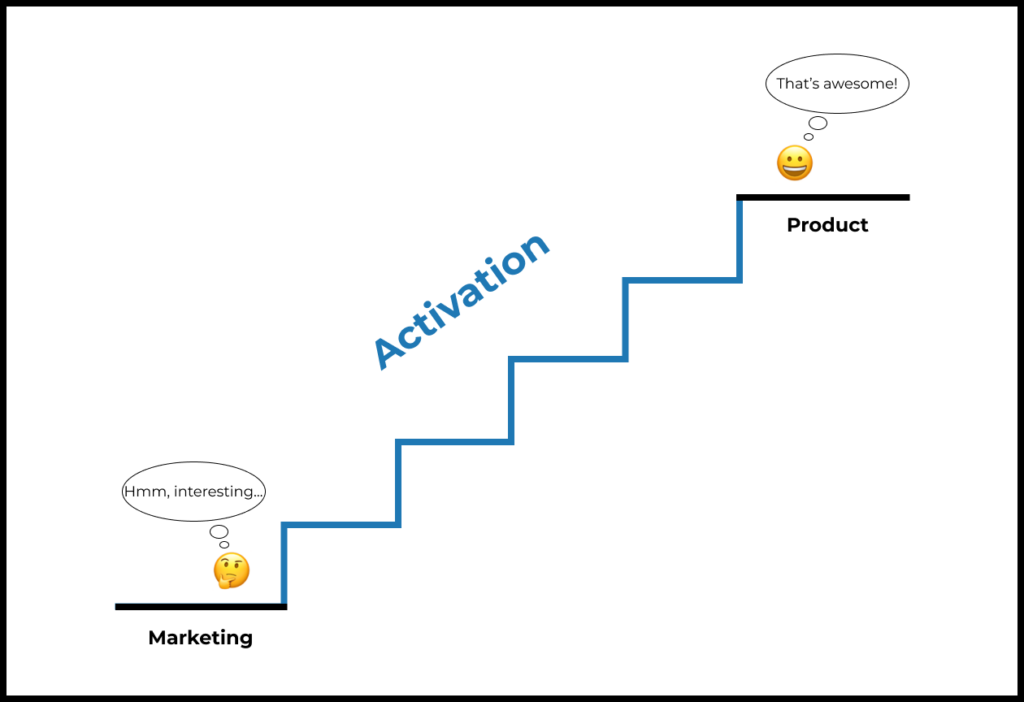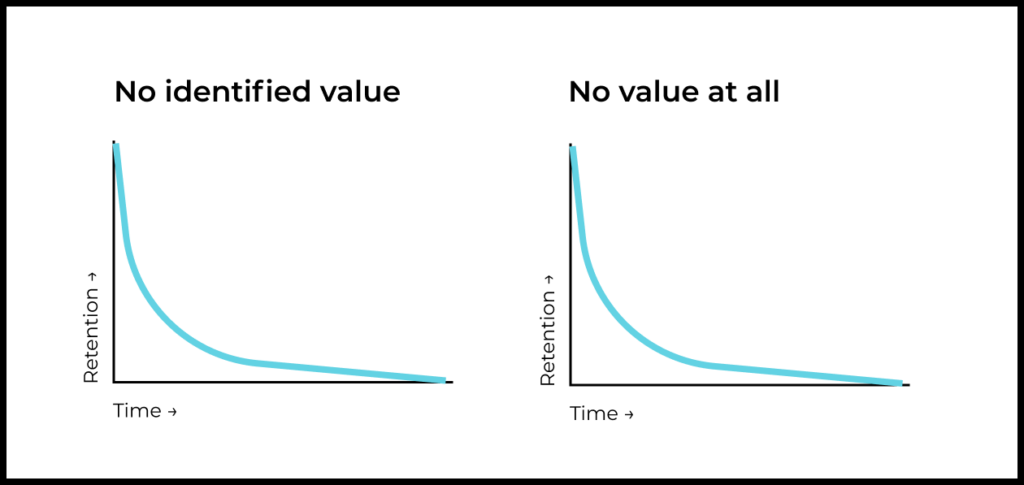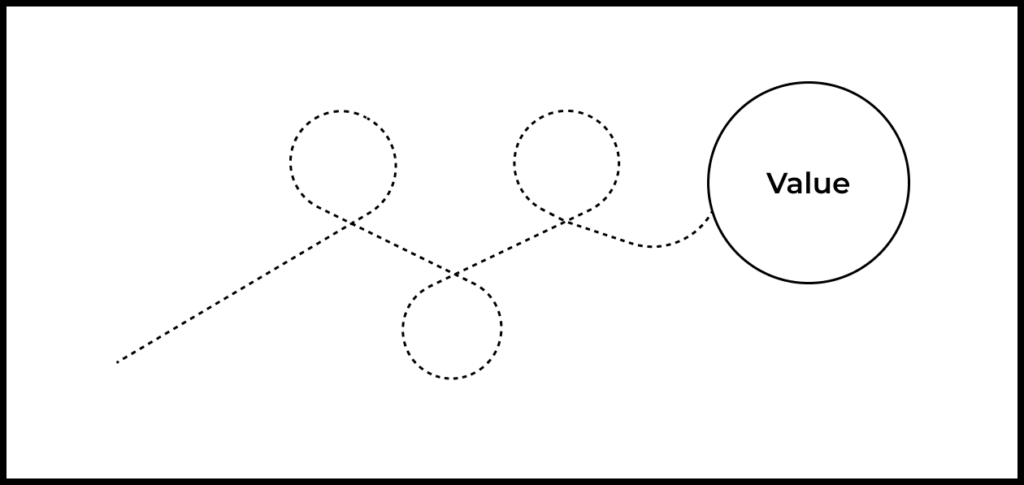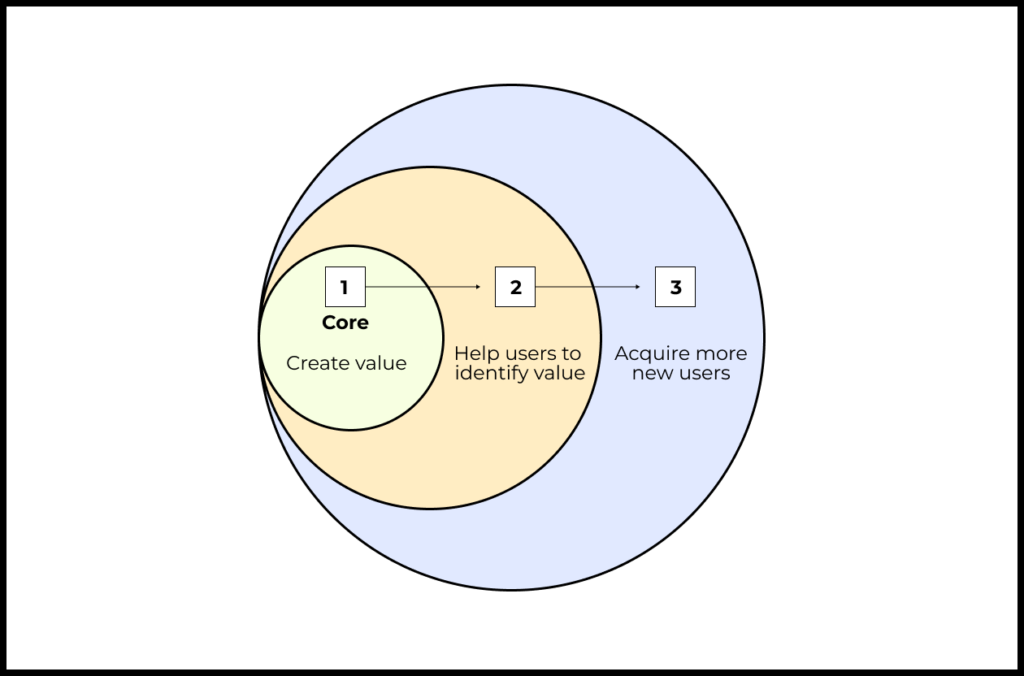GoPractice opens a series on activation and making sure users experience and appreciate your product’s value.
In this article, we will talk about user activation. In addition to discussing what is user activation, we’ll see in which situations it makes sense to focus on building and optimizing the activation process and in which situations it doesn’t.
→ Test your product management and data skills with this free Growth Skills Assessment Test.
→ Learn data-driven product management in Simulator by GoPractice.
→ Learn growth and realize the maximum potential of your product in Product Growth Simulator.
→ Learn to apply generative AI to create products and automate processes in Generative AI for Product Managers – Mini Simulator.
→ Learn AI/ML through practice by completing four projects around the most common AI problems in AI/ML Simulator for Product Managers.
All posts from the series
01. When user activation matters and you should focus on it.
02. User activation is one of the key levers for product growth.
03. The dos and don’ts of measuring activation.
04. How “aha moment” and the path to it change depending on the use case.
05. How to find “aha moment”: a qualitative plus quantitative approach.
06. How to determine the conditions necessary for the “aha moment”.
07. Time to value: an important lever for user activation growth.
08. How time to value and product complexity shape user activation.
09. Product-level building blocks for designing activation.
10. When and why to add people to the user activation process.
11. Session analysis: an important tool for designing activation.
12. CJM: from first encounter to the “aha moment”.
13. Designing activation in reverse: value first, acquisition channels last.
14. User activation starts long before sign-up.
15. Value windows: finding when users are ready to benefit from your product.
16. Why objective vs. perceived product value matters for activation.
17. Testing user activation fit for diverse use cases.
18. When to invest in optimizing user onboarding and activation.
19. Optimize user activation by reducing friction and strengthening motivation.
20. Reducing friction, strengthening user motivation: onboarding scenarios and solutions.
21. How to improve user activation by obtaining and leveraging additional user data.
Activation is a very important part of the product. All new users are exposed to the activation and onboarding process. So, even small improvements in this area affect all the key elements of the growth model: retention, monetization, user acquisition, etc. This is why product teams invest significant resources in building and optimizing the activation in the product.
But investing resources in activation won’t always be the right choice. Let’s discuss in more detail when it’s time to focus on activation and when it isn’t.
↓ We suggest taking a look at previous series of articles on the basics of product management:
→ #1. Addressing user pain points vs solving user problems better
What is the activation of new users in the product
Let’s zoom out and reiterate the essence of product work.
Teams create new products to help people solve their problems more effectively. If the team succeeds in doing this, then the product creates added value in comparison to alternative solutions. If this value is enough to make users from a certain segment to switch from their current solution to the new one, then the product has achieved product/market fit.
After achieving product/market fit, teams try to attract users from the target market segment. They draw the attention of potential users by telling them the potential benefits of the product. If the team is successful, the users try the product. But there is a gap to fill between an interested user and a loyal user who has personally experienced the value of the product.
Activation is the bridge between a new users who believes that this product can be useful and the one who have realized all the benefits of the product and decided when and how he will be using it. It involves creating mechanisms that convey the value of the product to new users. Activation mechanisms should help the maximum proportion of new users to realize in what situations and for what tasks the product creates enough added value to make it worth using.

Having a product/market fit is a prerequisite for working on activation
It is absolutely critical that the product has an added value over alternatives. Otherwise there won’t be anything the team can convey to new users during the activation process.
If the added value is not enough to convince users to switch to the new solution, then even a perfectly constructed onboarding and activation process won’t help.
This is why it is necessary to achieve product/market fit before investing resources in building and optimizing the user activation and onboarding process.
An ideal onboarding will convey to the user 100% of the added value of the product. If this added value is not enough to achieve product/market fit (make a user choose this product instead of alternatives), then there is no point in working on activation. All resources should be focused on improving the problem-solving efficiency and added value of the product instead of building and optimizing mechanisms for communicating this value to users.

How to assess added value and product/market fit without building an activation process
So, we have two situations that look similar from a data perspective but are very different.
One is when the product has added value but the team fails to communicate it to users. The other is when the product doesn’t have enough added value and we spend resources on user activation. Both these conditions have similar symptoms.
In both cases, the retention of the product will near zero. Users see no point in switching to the new solution, so they leave.

Because of this similarity, teams might misidentify the root cause of poor product performance. For example, the product might not have enough added value for new users but the team might think that the problem is in the mechanisms for delivering value to new users.
Next, we’ll discuss two ways that can help to determine the root cause of poor product metrics more accurately.
Manual onboarding for new users
The most effective way to communicate the value of a product to the user is through personal manual onboarding. You get to learn about the user’s needs and the context in which they occur. You also learn about what this user uses to solve the problem. And then, you can explain exactly how your product can solve these tasks more efficiently than alternatives.
This process does not scale. But this is not a problem. The goal is to maximize the effectiveness of communicating the value of the product in order to check whether it is enough to achieve product/market fit.
If your product doesn’t have enough added value, then the user sticks to the old solution even after you personally explain your product’s benefits and teach them how to use the product. In this case, you can assume that an automated onboarding and activation process won’t help. The problem is not how the value is delivered, but that there simply isn’t enough value to convince users to switch.
If there is enough value, then manual onboarding and user support will help you to understand in what situations, for what tasks, and which users the product has achieved product/market fit. This manual onboarding work will also allow you to empirically develop the best ways to communicate the value of the product.
Finding the best ways to communicate value through the classic process of design, development, and experimentation is difficult and expensive. First, each iteration requires a lot of time and resources. Second, the insights provided by data analysis and qualitative research are often not deep enough to reach a decisive conclusion.
At an early stage, it is important to feel the customer: monitor user behaviour very closely and learn from every step they take. Work on activation requires a deep understanding of the target job-to-be-done, the added value of the product, and the existing alternatives. After all, activation is the automation of the process of delivering value to new users.
A striking example of using a manual onboarding process for new users is the approach used by Superhuman, a provider of email clients for corporate users. For a long time, the Superhuman team onboarded new users into the product by personally calling them and explaining exactly how they could get the most out of the service. Over time, they discovered the most effecting onboarding mechanisms and found ways to automate the process. But even now, new Superhuman users are offered the opportunity to have a call with a company representative.
Analysis of successful product users
Not everyone follows the “Do things that don’t scale” approach and manually help early users understand the value of the product. Instead, optimistic teams build early versions of activation based on value hypotheses and assumptions about how that value can best be communicated.
In most cases, product structures built this way do not work well. But if the product still creates added value, then some users will discover the value, even if the onboarding process is inefficient. Such users are a litmus test for understanding where the value of the product is hidden and whether it has a product/market fit.
We’ve already discussed an example from Sean Ellis’s experience while working on LogMeIn. Despite the poor product metrics of early versions of the product, there were users who were able to set up the service and begin using it regularly.
Studying these users and communicating with them allowed the team to realize that the product effectively solves the problem for people who were able to understand it and experience its value. It became clear that the problem laid not in the added value of the product, but in how it was communicated to new users.

Products are built backwards
Activation and onboarding of new users is a very important part of product work. This is the part of the product that 100% of new users touch. Its success will affect everything else in the product funnel.
However, working on activation only makes sense when you have created a solution that creates enough added value to achieve product/market fit. New user activation is the process of delivering value to new users. If there is not enough value, then even a perfect onboarding process will not convince users to choose your product over alternatives.
This brings us to an important point.
Products are created backwards.
First, you find a more effective way to solve the task of target users – the core of the product and its value → If this value is enough for people to choose your product instead of alternatives, then you work on building mechanisms of conveying this value to new users, i.e., work on user activation → Finally, you find ways to attract users from the target market segment.







